As the world has progressed to become more and more digital over the years, you’ve likely noticed strange square, dotted barcodes popping up all over the place like on TV, in grocery stores, on billboards and more! That little pixelated image is called a QR code and they can be used in a multitude of ways to help make your everyday life a little easier and your brand a lot more engaging.
What is a QR code?
Despite being a mid-90s invention, the QR code didn’t gain real momentum until the era of smartphones. Mobile devices allowed the digital mark to be used in more dynamic and diverse ways, making it an easy — and in the era of a pandemic, contactless — way to connect to and share information.
Short for Quick Response, QR codes were invented in 1994 by a chief engineer at Denso Wave–a Japanese company and subsidiary of Toyota–Masahiro Hara. Originally used to track vehicles and parts as they moved through the manufacturing process, the QR code didn’t gain real momentum until the era of smartphones, and seemed to really take off over the past 3 years (during COVID and an increasingly touchless, digital world).
Considering QR Codes are basically a type of barcode, they’re now easily readable with mobile devices (like your smartphone). This allowed them to be used in a more dynamic and diverse ways, making it a simple and engaging way to connect to your audience and share information with them.
Though the software used to generate your QR codes won’t collect the personal information from whomever scans it, the number of times a code is scanned, the time and location of scan, and the operating system of the device that performed the scan will all be collected and available to you (the code’s creators.)
Static vs. dynamic QR codes
As we mentioned, QR Codes have come a long way since their debut in the early ‘90s and can now vary in design depending on the data being encoded and the function you want the code to make. So far, they’re categorized in two (2) ways: static and dynamic.
Static QR Codes cannot be modified once they’ve been created and often doesn’t allow for analytics (such as, how many times the code was scanned). This is more ideal for creating QR codes in mass for an event where the count doesn’t really matter, or the QR code on your router or if you create a QR code for the Wi-Fi password.
Dynamic QR Codes are a lot more flexible, hence their name, and allow you to edit the code as many times as you need plus customize to suit your design and branding needs. These codes are more on the rise these days and often redirect users to a URL. An added value: they also have the ability to track and measure advertising statistics.
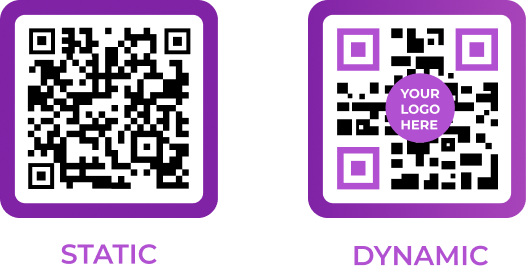
Important: A QR code can’t be hacked, but a hacker can generate a malicious QR code that sends you to a fake website where they’ll steal your personal data and can track your location, so always try to verify where your QR code originated from.
Why you should be using QR Codes
There are many reasons you should be using QR Codes, especially if you’re a brand or influencer. Here are just a few reasons why.
- They’re a safe, contactless way a business or brand can communicate with their customers. QR codes enable businesses to provide their audience with an abundance of information that’s mobile-friendly.
- Useability is quick and a great way to streamline the user experience and ensure customers can access information as quickly and efficiently as possible. And considering so many people own a smartphone, you can almost guarantee accessibility to everyone in your audience.
- It’s even more convenient because by simply scanning your QR code, customers can interact and engage with your brand or business in a multitude of ways (depending on what you’ve designed your QR code to do, of course) like quickly checking into an event, downloading information, going straight to a landing page, participating in contests and so much more.
What Can Marketers or Business Do With QR Codes?
The question should actually be: What Can’t You Do With A QR code?
There are many reasons to use QR codes as a marketing tool. You can connect instantly with customers, collect first-hand data and perform market segmentation thereafter, as well as add QR codes to any advertising campaign, from marketing emails to billboards. Here is just a few idea on how you too can implement QR throughout your business.
01. Increase web traffic
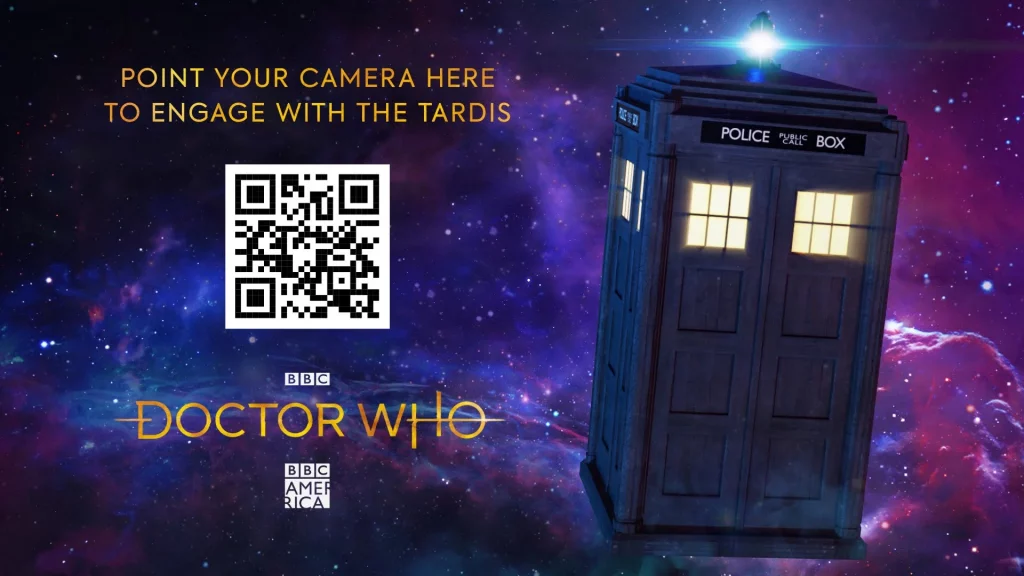
Creating a website is essential to any marketing strategy for your business. Once you have it, you can drive traffic to your website through a QR code placed on a flyer, ad, email or packaging — just to name a few. When they scan the code, they will be taken directly to your web page. You can do the same for a landing page.
Before setting up your QR code plan, you need to get a few things in order. Think about which page of your website you want to direct people to, and what you want them to do once they are there. That way, you can formulate a QR code campaign that addresses all these questions. Finally, you’ll need a QR code generator to create your own customized QR code.
02. Promote your app
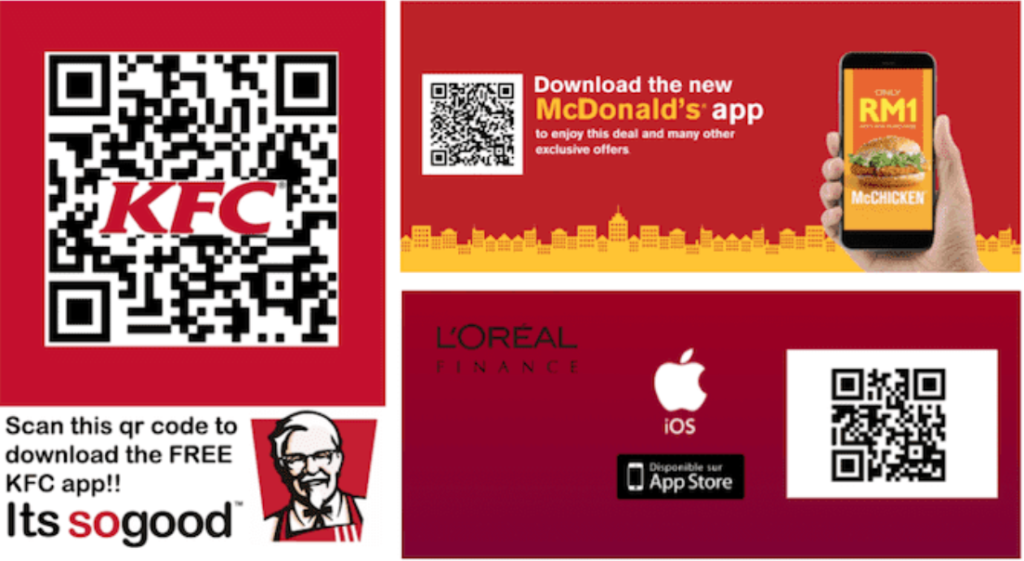
You’ve created an app for your business, such as a Wix Owner app to manage and grow your operations, but you’ve yet to promote it to the fullest extent and down the marketing funnel. That is, unless you stamp every single flyer, marketing email, poster and visible piece of promotional content with a QR code so that customers go straight to the app store and download it on the spot.
03. Convert more sales
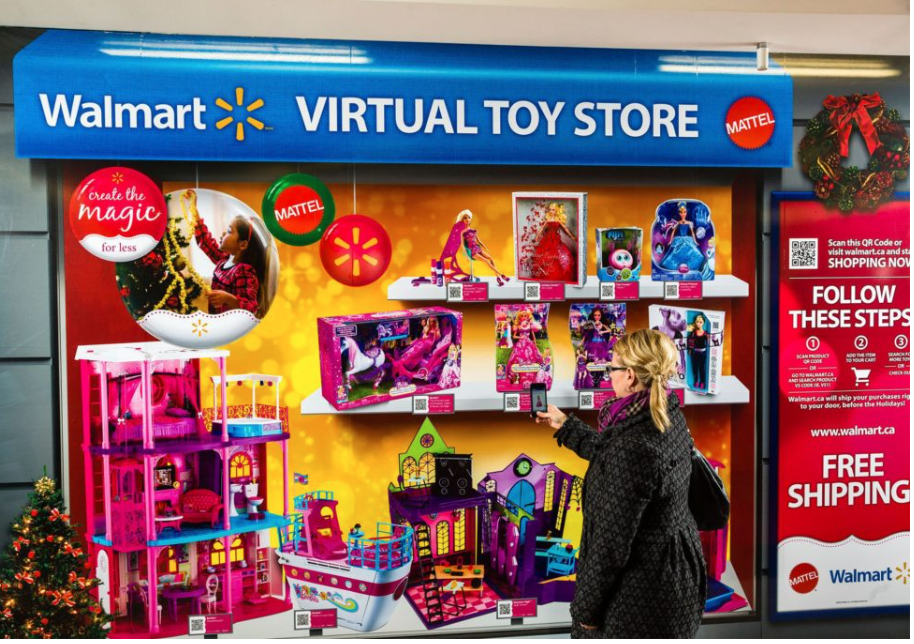
A QR code coupon is a virtual coupon that is delivered via the scanned code. In basic marketing, incentives are an effective way to encourage customers to use your products or services.
Once you’ve created your QR code coupon, you can test it out by running limited offers and deals that will attract new customers and reward loyal ones. You may also want to hire a freelancer who can design your QR code coupon so that it looks good but can easily adapt to different sized devices.
04. Locating your business
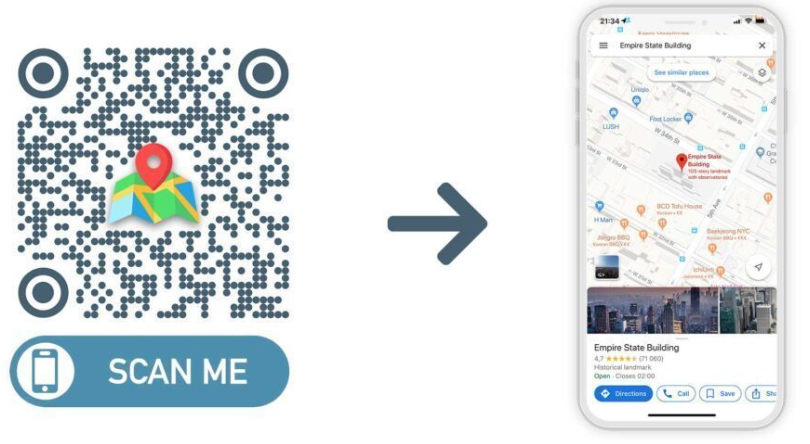
For brick-and-mortar shops, you can use QR codes to help customers place your location on the map. Simply add your QR code to your website, social media pages and any promotional content like posters and flyers.
Users will be able to scan the code and be directed to either Google Maps or another type of navigation app to your physical address. This makes it easier for them to locate your business and get to you.
05. Get product reviews
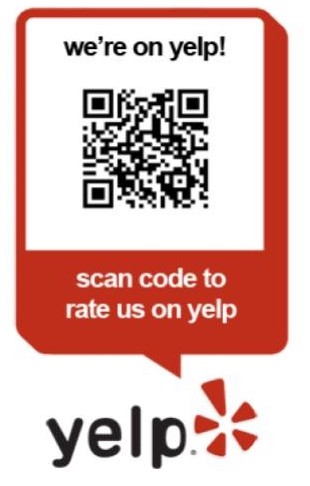
QR codes can help generate more customer reviews. After you create business cards, design your business website, or craft your business email signature, you can make it more effective by adding a QR code that encourages customer engagement. But first, you’ll want to choose which type of review would benefit your business the most. A rating QR code and a feedback QR code are just two examples that can help connect with your audience.
Rating QR codes are the fastest way to get feedback. Once customers scan it, they can add their rating – from a range of 1 to 10 – and you’ll get a copy of the result sent to your email. You can design your poll so that people have the option to leave an emoji-based rating, thus requiring little effort on their part.
Feedback QR codes differ in that they provide you with more detailed insights from customers. You can use Google Forms to create a full survey and plug in its URL into the QR code generator to finish. When someone scans this unique QR code, they will be taken directly to your questionnaire.
06. Quick pay access
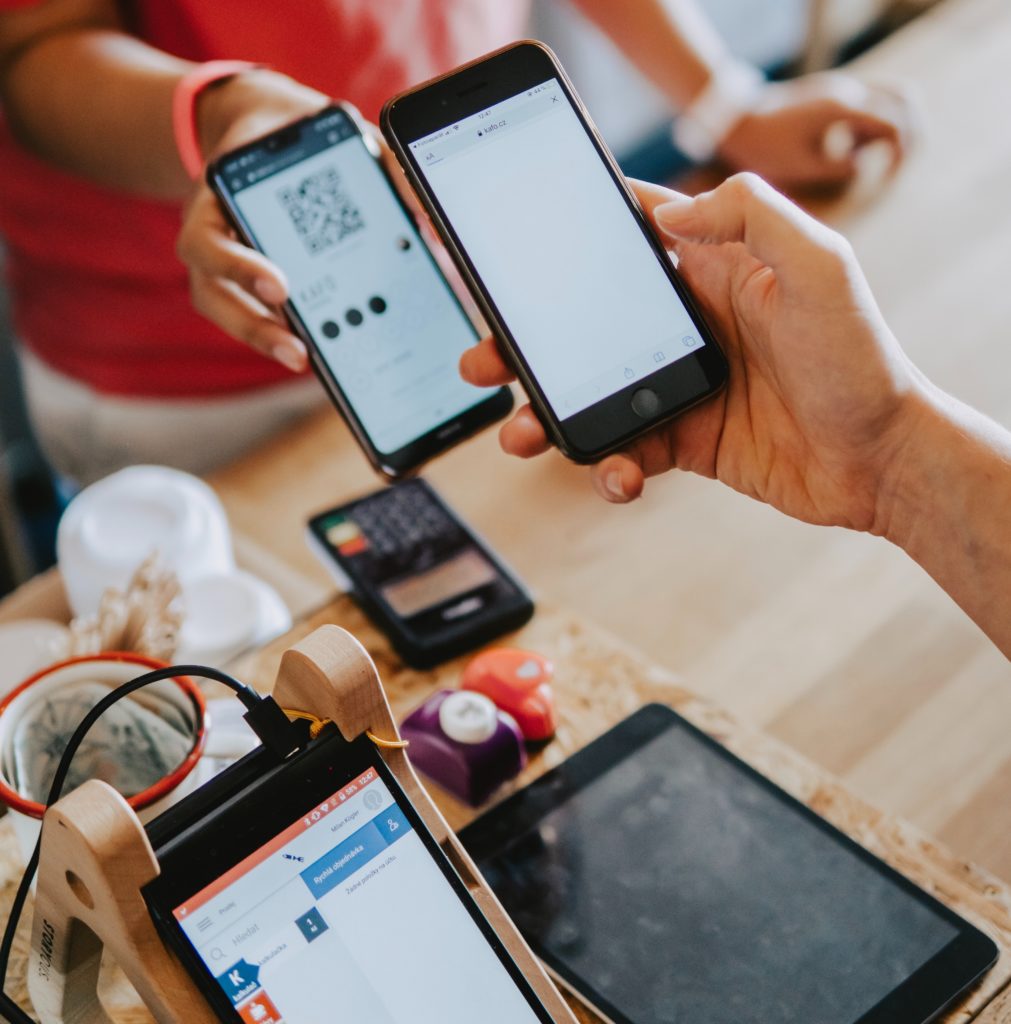
QR codes can even make check out quick and efficient. Popularly seen in countries like Japan and even the United States, using QR codes attached to your personal banking (credit and debit) seem to be the payment methods of the future. With a simple tap from their smart device (ipad, smart phone, smart watch etc.) your customer can gain instant access to your product.
07. Viewing and ordering from menus
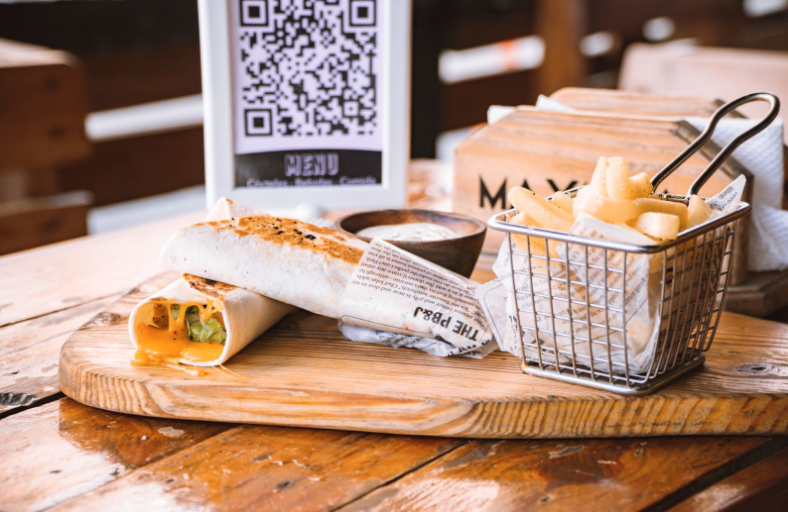
With contactless forms of service increasing, restaurants can store their enitre menu (or store individual menus) to QR codes, allowing guests to view an online menu. It could potentially even redirect them to an online ordering website or app, allowing them to order or potentially pay for their meal without having to stand in line or use a cashier. At some restaurants, QR codes enable guests to order their meals without a waiter involved—the QR code contains the table number so servers know where to bring the food.
08. Instantly join a Wi-Fi network
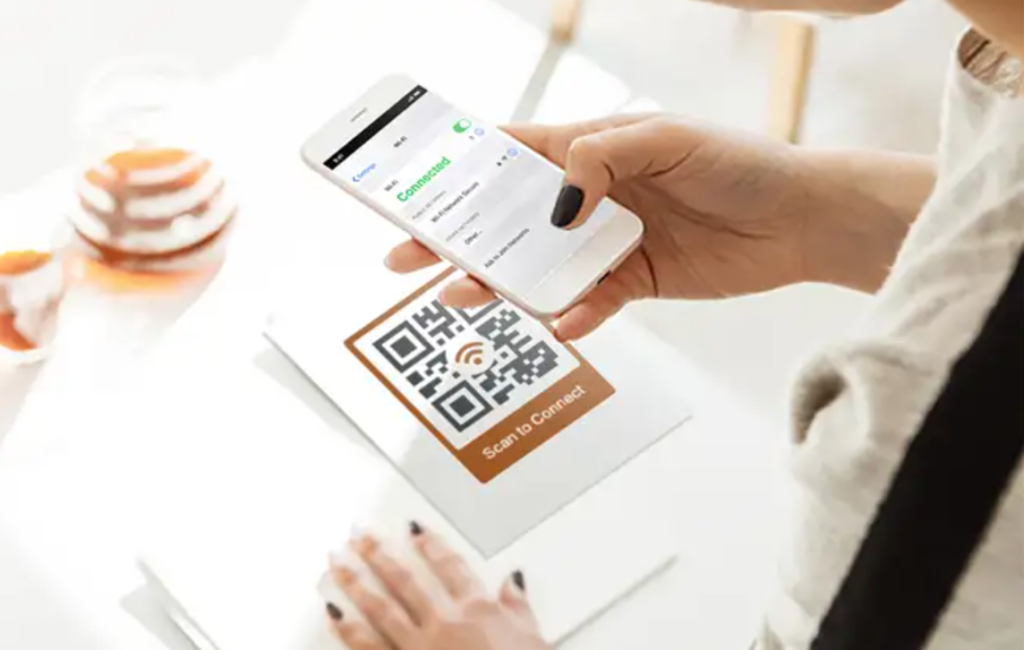
Mobile device users can quickly scan and join networks without having to manually enter the data. This may not seem like much now but everyone who goes out, whether it’s to run errands in their hometown or go traveling through Europe, is looking to connect to a Wi-Fi network to help ease their data consumption or roaming charge. Many businesses who offer free Wi-Fi can give their customers easy access with QR Codes.
09. Video game Easter Eggs and fun extras
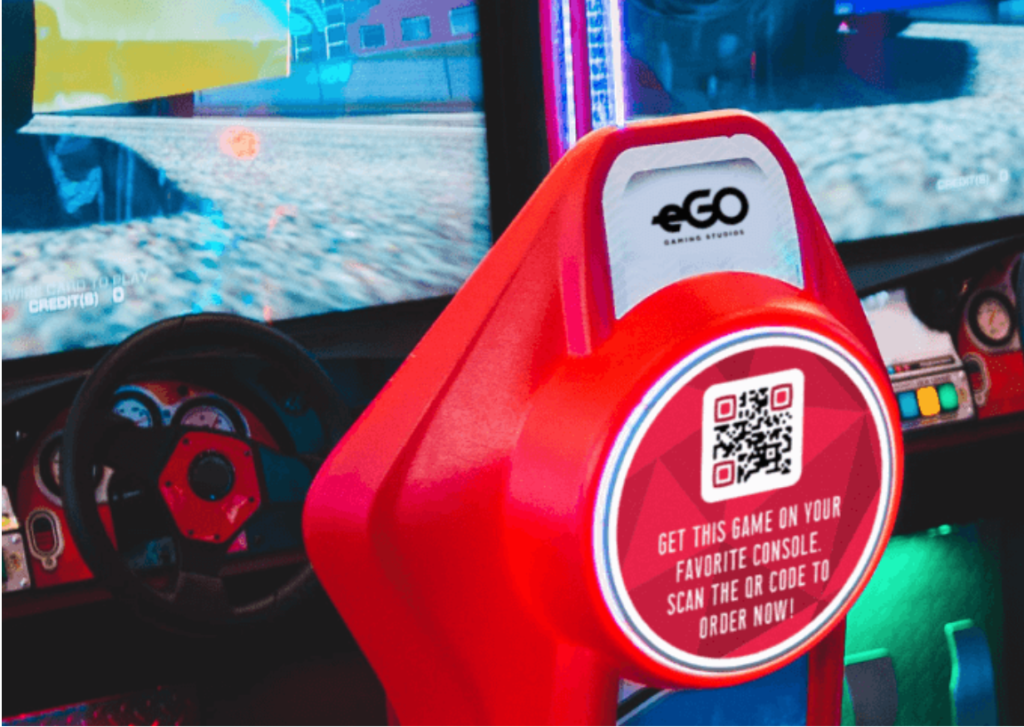
Popular video games, such as Fez, The Talos Principle, and Watch Dogs, have incorporated QR codes as story and gameplay elements. Among Us has a QR code easter egg in the “Scan boarding pass” task in the Mira HQ and Polus map. Mobile games such as Munzee use geolocation in combination with QR codes to create a game that is played in the real world by scanning QR stickers in physical locations.
If you’re a game developer, there are a number of fun ways you can incorporate QR codes into the fun.
10. Implement loyalty programs
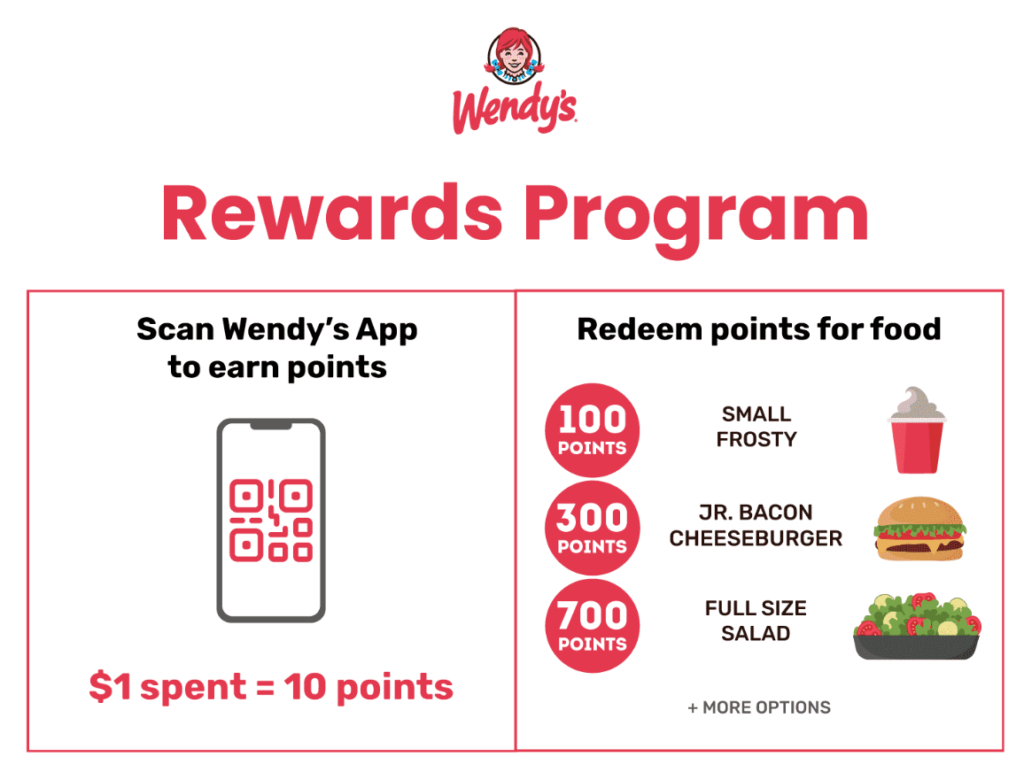
QR codes have been used by various retail outlets that have loyalty programs. Sometimes these programs are accessed with an app that is loaded onto a phone and includes a process triggered by a QR code scan. The QR codes for loyalty programs tend to be found printed on the receipt for a purchase or on the products themselves. Users in these schemes collect award points by scanning a code.
11. Instagram uses them for profile sharing
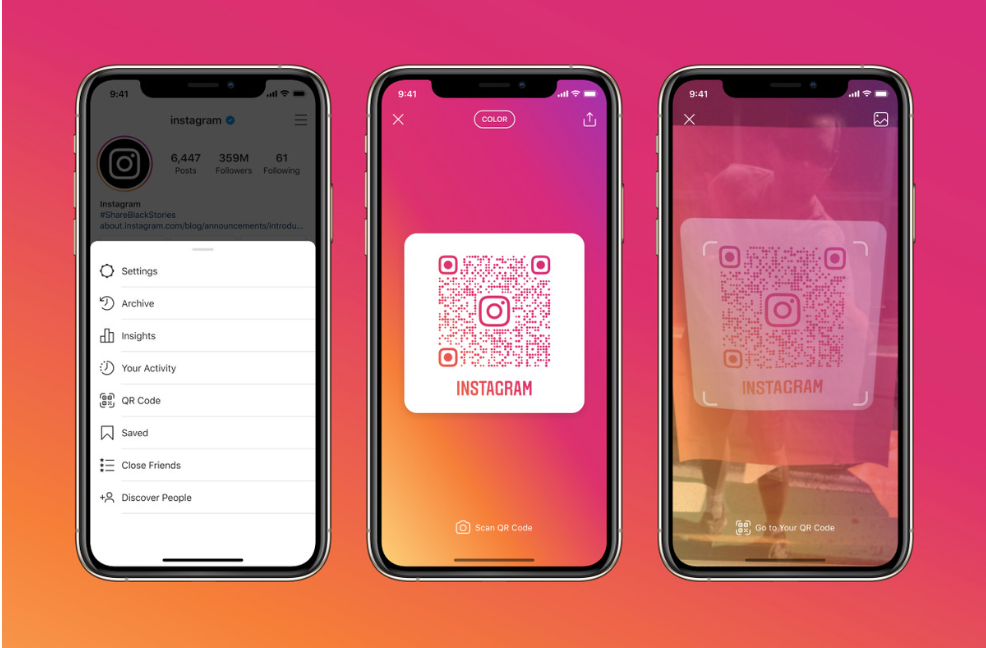
Many years ago, Instagram was ahead of the game when it decided to implement profile QR Codes. These were codes you could create on your IG account, slightly personalize and then share with larger audiences to gain traction to your profile.
Fun Fact: a QR code’s data structure contains duplicates, ensuring that even with 30% damage to the code, it will still be readable by a scanner.
Long story short, QR Codes have the power to increase your business opportunities in a multitude of fun, engaging and unique ways. The above examples don’t even scratch the surface! Though it took years for QR Codes to rise in popularity, they’re definitely here to stay and have become a strong marketing tool.
Not sure where to start off with creating your own unique QR Codes or not sure how to implement them effectively throughout your next campaign? Connect with us at adHOME Creative and we’d be more than happy to brainstorm some award-winning ideas with you.